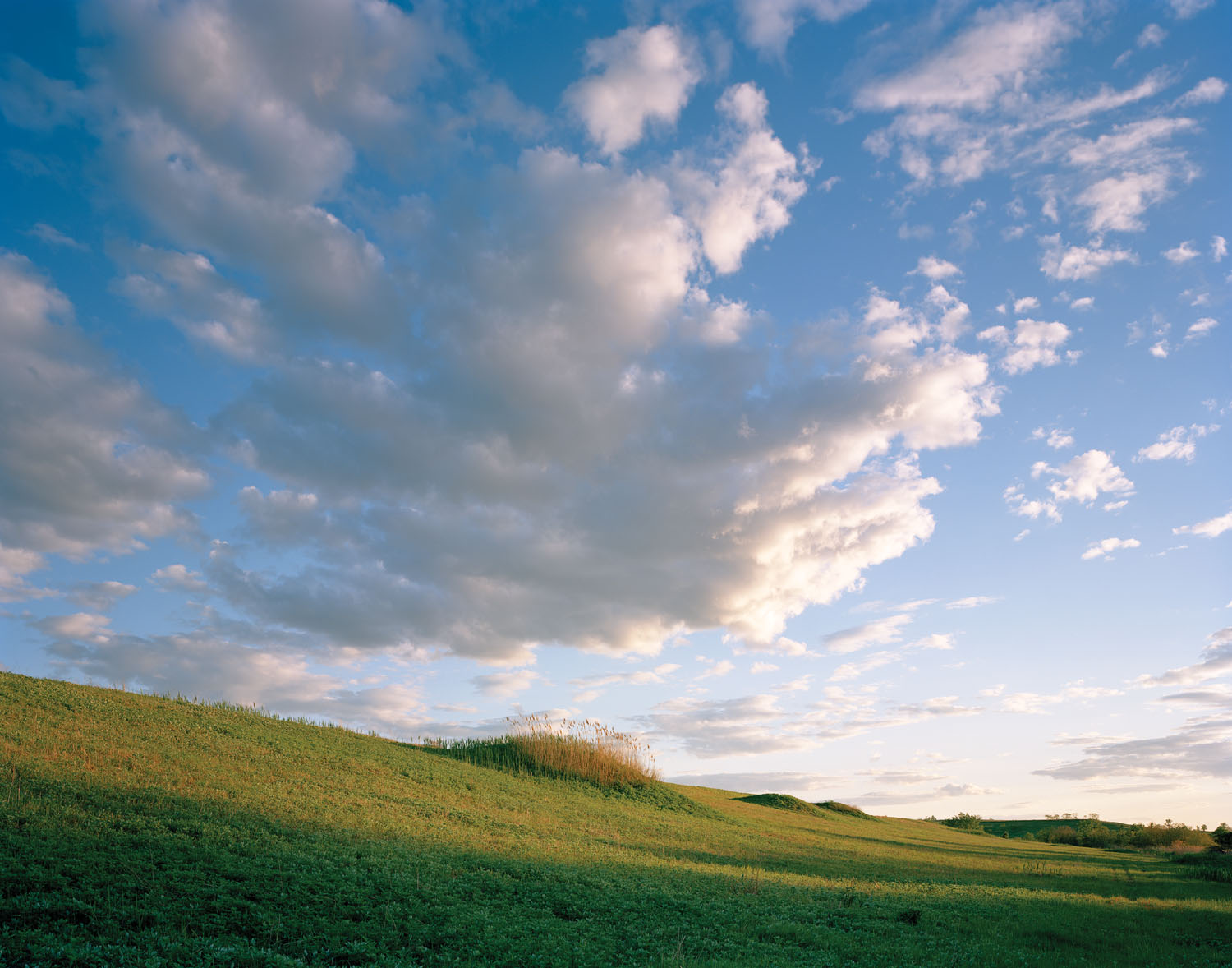Image


You should really subscribe now!
Or login if you already have a subscription.
Jade Doskow is a New York–based architectural and landscape photographer best known for her works Lost Utopias, Freshkills, and Red Hook. Doskow holds a BA from New York University’s Gallatin School and an MFA from the School of Visual Arts. Doskow’s photographs have been featured in the...